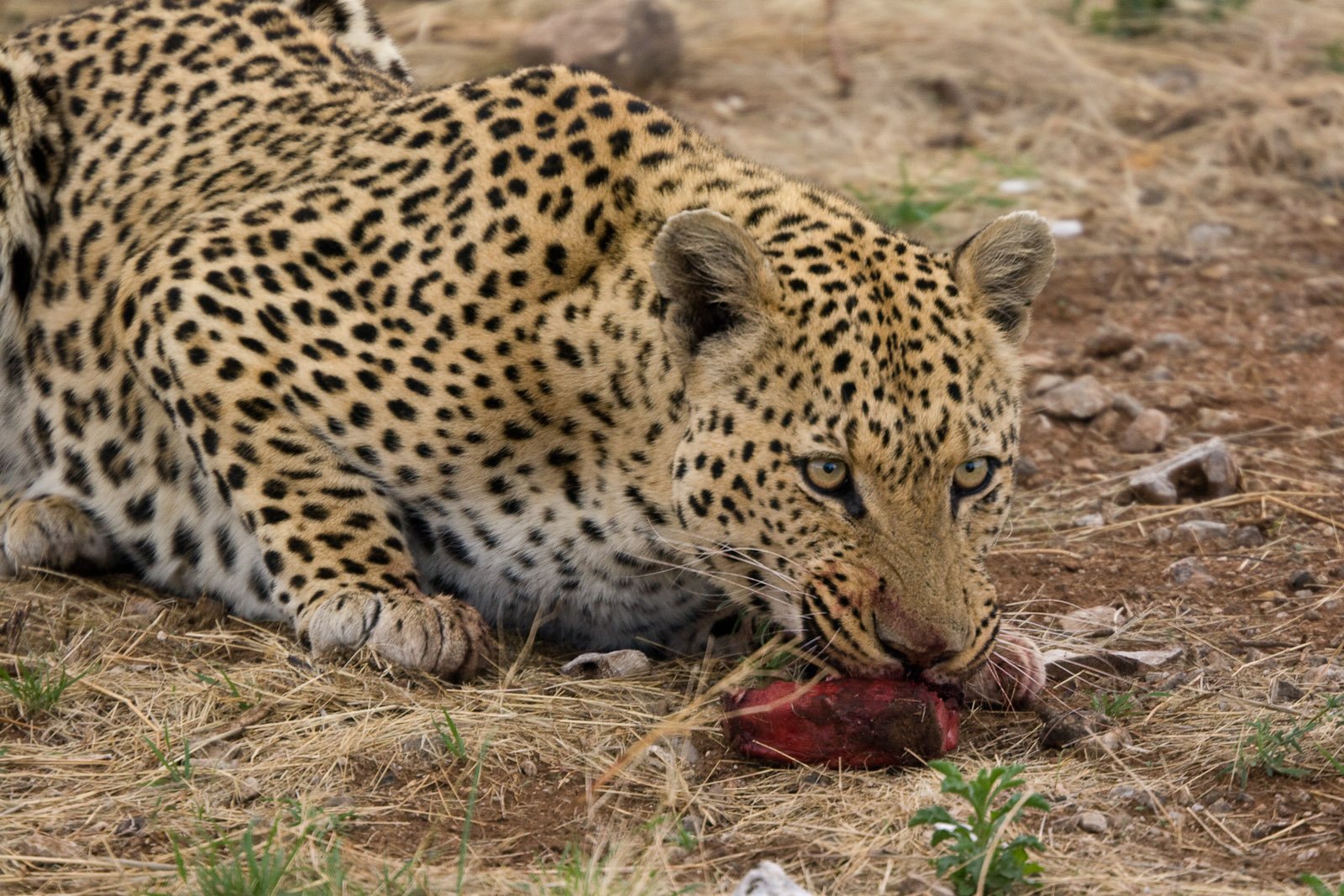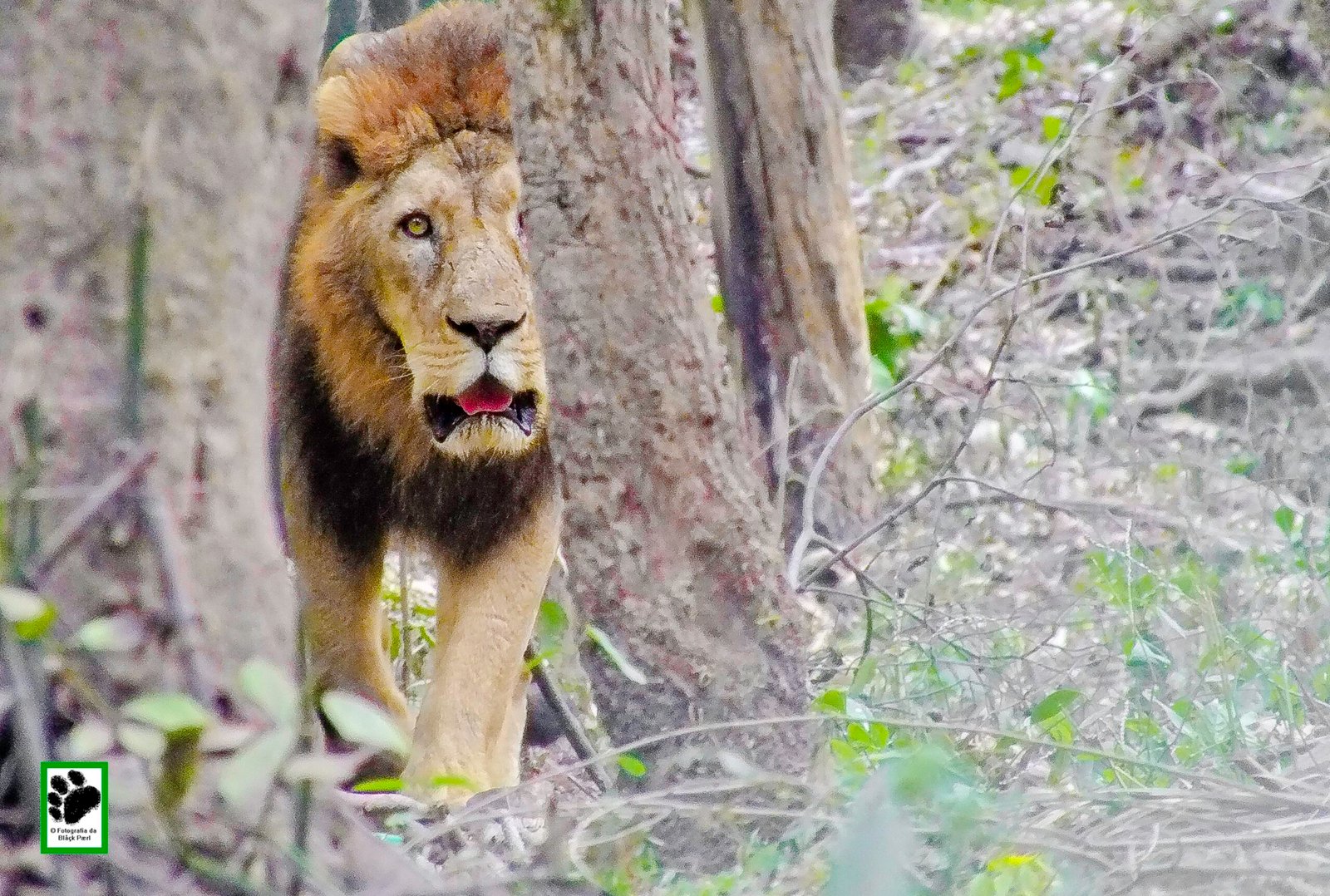Big cats are the rockstars of the animal kingdom—sleek, powerful, and dripping with secrets. From their mysterious midnight rituals to bizarre quirks that leave experts scratching their heads, these feline wonders are full of surprises. Ready to peek behind the whiskers and discover the wildest unsolved puzzles about lions, tigers, leopards, and more? Let’s leap into the unknown!
The Secret Language of Lion Roars

Why do lions roar in such a bone-shaking way? Scientists know it travels miles, but the full meaning—beyond territory and pride warning—remains a riddle. Could they be sharing gossip, or even telling jokes we’ll never understand? It’s the ultimate “roaring” mystery in the savanna.
How Tigers Disappear Like Ghosts

Tigers can vanish in thick grass right before your eyes. Their stripes help, but their Houdini act goes deeper. Researchers still haven’t cracked how tigers read light, shadow, and movement so perfectly—almost like nature’s own magicians!
Why Leopards Love Trees

Leopards drag huge meals high into trees, but why risk the climb? Is it just to avoid hyenas, or does tree-lounging serve a hidden purpose? Some say they use branches as lookout towers, others believe it’s a private dining room. The truth? Still up in the air.
The Cheetah’s Speed Limit

Cheetahs are built for speed, but why can’t they run for longer distances? Something in their bodies tells them to stop almost as fast as they start. Scientists guess it’s overheating or muscle fatigue, but the exact “off switch” is still a cheetah’s secret.
Jaguars’ Love Affair with Water

Unlike their feline cousins, jaguars thrive in steamy rainforests and wetlands, where rivers and swamps are part of daily life. Over time, evolution likely rewarded strong swimmers—helping them ambush fish, caimans, and capybaras. Whether it’s a behavioral adaptation or a deeper genetic quirk, one thing’s clear: jaguars rule the water with unmatched stealth and power.
Lions’ Unpredictable Social Lives

Lion prides may seem tightly knit, but beneath the surface lies a web of shifting alliances, power plays, and survival strategies. Female bonds often form the pride’s backbone, while males come and go, challenging each other for dominance. Prides may split due to food scarcity, internal conflict, or the threat of infanticide—turning each group into a living experiment in feline politics.
The Snow Leopard’s Vanishing Act

Snow leopards are masters of invisibility—not just thanks to their smoky-grey, rosette-covered fur that melts into rock and snow, but also because of how they move. They walk silently, often against the wind to mask scent, and choose vantage points that keep them hidden. Scientists believe it’s a full sensory stealth strategy: visual, olfactory, and auditory. It’s no wonder they’re called “ghosts of the mountains.”
Tigers’ Mysterious Night Calls

“Chuffing,” also known as prusten, is one of the few vocalizations tigers make when they’re feeling calm or non-threatening—usually between a mother and her cubs, or during friendly encounters. Unlike roars, which assert dominance or mark territory, chuffs seem more like whispers of trust. Still, in the dense hush of the jungle, even a chuff can feel mysterious—half greeting, half ghost.
Leopards’ Ever-Changing Spots

Leopard spots—technically called rosettes—are more than beautiful camouflage; they’re nature’s intricate fingerprint. While genetics set the blueprint, researchers believe environmental factors like light, terrain, and even movement patterns may influence how those spots take shape and evolve. It’s a mesmerizing mix of biology and mystery—nature painting each leopard with its own living signature.
The Cheetah’s Purr Power

Cheetah purrs are low, steady, and surprisingly loud—but unlike house cats, they only purr while exhaling, not continuously. Some experts think it’s a self-soothing signal or a way to reassure cubs without alerting predators. Others suggest it might strengthen social bonds. Whatever the reason, the cheetah’s purr remains one of the softest enigmas in the wild.
Why Black Panthers Are So Rare

Panthers owe their dark coats to a genetic mutation causing excess melanin—a trait known as melanism. Interestingly, this adaptation seems to pop up more in dense, shadowy forests like those in Southeast Asia or Central America, where a black coat may offer better camouflage. But why melanism thrives in some regions and not others is still under investigation, balancing ecology, predator-prey dynamics, and sheer genetic chance.
Lions’ Mane Mystery

A lion’s mane is influenced by a cocktail of factors—testosterone levels, genetics, age, and even environment. In cooler climates, manes tend to be fuller, possibly because they’re less of a heat burden. But manes also serve as signals: darker, denser manes often indicate strength and health, making those males more attractive to lionesses and more intimidating to rivals. It’s part fashion statement, part survival strategy—and still not fully understood.
Jaguars’ Bone-Crushing Bite

Jaguars likely evolved their immense bite force to match their prey: armored reptiles, thick-skulled mammals, and tough-shelled turtles that share their riverine and forest habitats. Unlike other big cats that go for the neck, jaguars pierce the skull or shell with a single lethal bite—an adaptation of both skull structure and jaw muscle density. Why others didn’t follow suit? Possibly because no one else needed to crack open lunch like a nut.
Why Snow Leopards Don’t Roar

Snow leopards lack the specialized hyoid bone structure that enables true roaring in other big cats like lions and tigers. Scientists think this might be less of a loss and more of a mountain-born adaptation: roaring could carry too far or bounce unpredictably off steep cliffs, alerting both prey and rival predators. Instead, snow leopards rely on quieter calls like hisses, growls, and chuff-like “meows”—keeping their ghostly presence well-hidden.
The Cheetah’s Tear Marks

Those bold black “tear marks” on a cheetah’s face may do double duty: they likely reduce sun glare, helping the cheetah focus better during daytime hunts—similar to the eye black athletes wear. Some researchers also believe the marks may help with facial recognition or nonverbal communication between cheetahs. As sleek as they are functional, these streaks remain one of nature’s most stylish mysteries.
Lions’ Love-Hate Sibling Rivalry

Lion cubs begin with playful bonds that help them learn social and survival skills, but as they grow, shifting dynamics—like hierarchy, competition for food, and future mating roles—can strain even the closest ties. Males often face tough decisions about dominance or dispersal, while females may forge lasting alliances within the pride. Whether siblings stay close or clash depends on personality, opportunity, and the ever-changing pulse of pride life.
Tigers’ Swimming Obsession

Tigers’ fondness for water likely began as a way to cool off in their hot, humid habitats—but it may have evolved into a stealth advantage. Swimming lets them move silently, sneak up on prey, and even cross rivers to expand territory. With their powerful limbs and natural buoyancy, they’ve turned water into a tactical tool. Whether for comfort or conquest, the tiger’s swim style sets it apart in the big cat world.
Leopards’ Taste for the Unusual

Leopards are famously adaptable eaters, and their unusual cravings—like porcupines, dogs, or even fish—often reflect what’s most available in a given environment. In regions where natural prey is scarce or human settlements encroach on territory, leopards may experiment out of necessity. But why certain individuals fixate on certain foods remains a mystery—possibly shaped by early experiences, learned behavior, or even bold feline curiosity that rewrites the menu.
Jaguars’ Night Vision Superpower

Jaguars—and many nocturnal hunters—have a reflective layer behind the retina called the tapetum lucidum. This “secret sauce” bounces light back through the eye, enhancing vision in near-total darkness and giving their eyes that eerie nighttime glow. But jaguars seem to take it to another level, possibly with denser rods or other subtle adaptations. Researchers are still piecing together how these apex predators turn midnight into daylight.
The Roaming Range Riddle

A big cat’s territory is shaped by a mix of survival needs and personal instinct. Access to prey and water is critical, but so are mating opportunities, competition, and landscape features like mountains or rivers. Some cats range widely to avoid rivals, while others stay close to home. Even with GPS collars tracking every step, scientists still marvel at the individuality—some roam out of necessity, others perhaps just because they can.
Why Cheetahs Don’t Climb Trees

Cheetahs are built for speed, not height—their lightweight frames, semi-retractable claws, and relatively short, blunt claws make them less suited for climbing than their leopard cousins. While they can perch on low platforms like termite mounds to scout the savanna, scaling trees isn’t their style. Whether it’s due to physical limits, evolutionary trade-offs, or simple preference, the cheetah’s earthbound ways remain one of its many graceful quirks.
Lions’ Mysterious Disappearances

When lion prides vanish, the causes can be complex and overlapping. Disease outbreaks like canine distemper, human-wildlife conflict, habitat loss, and dwindling prey can all play a role. Climate shifts and poaching may also quietly erode a pride’s stability over time. But sometimes, the trail simply goes cold—leaving scientists to sift through tracks, camera footage, and empty landscapes, trying to solve nature’s quietest disappearances.
Leopards’ Double Lives

Leopards are masters of stealth, using darkness, silence, and uncanny timing to move through human spaces unnoticed. They stick to shadows, avoid roads at peak hours, and often follow natural cover like riverbeds or fences. Their flexible diets help them thrive on rodents, pets, or livestock scraps. With padded paws and patient movements, they’ve become ghostly commuters—turning bustling towns into silent hunting grounds when no one’s watching.
Jaguars’ Thunderous Growl

A jaguar’s growl—deep, guttural, and startlingly chainsaw-like—is one of the most powerful vocalizations in the animal kingdom. It’s likely used for intimidation, warning rivals to back off or stay out of their territory. But researchers suspect there’s more to it: the specific pitch, rhythm, or volume might carry identity cues or signal mood. In the dense jungle, where visibility is low, sound becomes a jaguar’s calling card—and we’re only beginning to decode its full meaning.
The Cheetah’s Unsolved Family Tree

Cheetahs are one of the most genetically uniform mammals on Earth, likely due to ancient population bottlenecks—times when their numbers dropped so low that only a few individuals passed on their genes. This shallow DNA pool makes them vulnerable to disease and limits adaptability, yet they’ve survived for thousands of years against the odds. How they pulled through—and whether they can continue to—remains one of the wild’s most compelling genetic mysteries.

Suhail Ahmed is a passionate digital professional and nature enthusiast with over 8 years of experience in content strategy, SEO, web development, and digital operations. Alongside his freelance journey, Suhail actively contributes to nature and wildlife platforms like Feline Fam, where he channels his curiosity for the Feline into engaging, educational storytelling.
With a strong background in managing digital ecosystems — from ecommerce stores and WordPress websites to social media and automation — Suhail merges technical precision with creative insight. His content reflects a rare balance: SEO-friendly yet deeply human, data-informed yet emotionally resonant.
Driven by a love for discovery and storytelling, Suhail believes in using digital platforms to amplify causes that matter — especially those protecting Earth’s biodiversity and inspiring sustainable living. Whether he’s managing online projects or crafting wildlife content, his goal remains the same: to inform, inspire, and leave a positive digital footprint.






